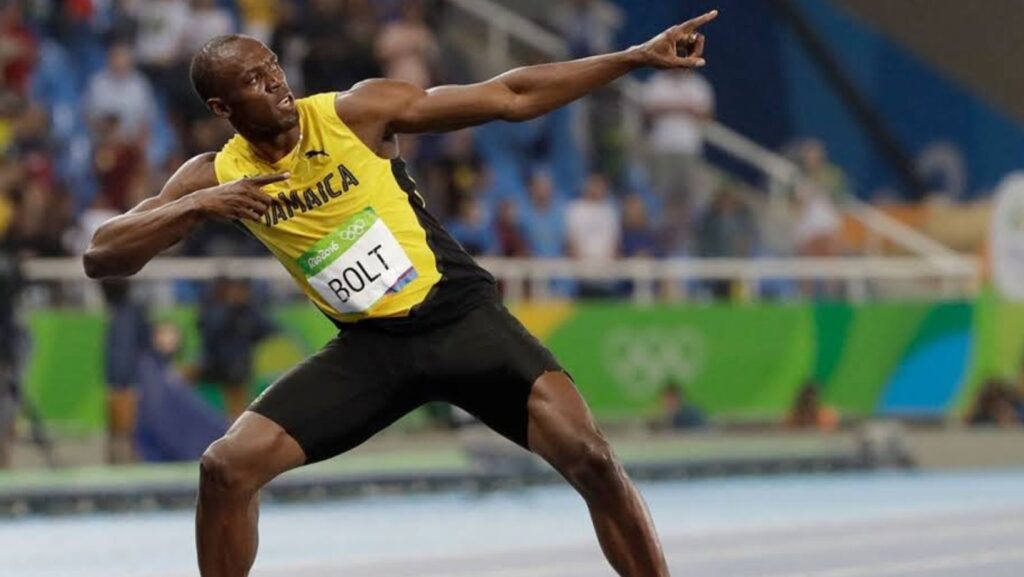The second year in sports presents itself as a highly important period for both athletes and their organizations. Whether it’s a rookie quarterback in the NFL or a new signing in the Premier League, the so-called “sophomore slump” is a phenomenon that transcends all sports. Most athletic performers and teams either succeed beyond their original peak standards or fall short of their initial year’s success. Keep reading to learn about the core reasons behind the second-season performance decline and their impact on betting odds by bookmakers.
What Is the Sophomore Slump?
In the world of sports, the “sophomore slump” represents a decrease in athletic output from athletes who had excellent freshman year results. The beginning of their second season brings optimism but numerous players and teams find difficulty reaching or enhancing their first-year performance levels. This decline is not just a random fluctuation — it’s often a result of various internal and external factors.
With the rise of digital betting, especially through platforms with the 1xbet download iOS, bettors have more access to real-time data and odds adjustments than ever before. Mobile applications provide users with up-to-date information about betting line adjustments caused by player performance so users can rapidly change their strategies during game betting and season-long wagers.
More strategic betting approaches become necessary because information volume is increasing, especially concerning the second-season performance data of players. The capability to win based on first-year achievements has diminished because bettors need to grasp sophomore-season factors to make effective wagers.
The Reality of the Second Season
For rookies, the first year is usually filled with excitement and less pressure. They often catch teams off guard, unburdened by high expectations. The second season, however, comes with more intense scrutiny. Opponents have had time to analyze their gameplay, making it easier to exploit weaknesses. The element of surprise diminishes, and athletes must evolve or risk becoming predictable. Here are some notable examples of the Sophomore Slump, where players and teams faced difficulties in their second season after a strong rookie performance.
NFL
Baker Mayfield led his Cleveland Browns team unexpectedly well during his rookie year by completing 63.8% of passes while setting 27 touchdown records in 2018. His second season in 2019 proved to be disastrous for him. His interceptions jumped from 14 to 21, and the Browns finished 6-10 after a promising start. The weight of expectations and the league’s adjustments to his style were clear indicators of how difficult it is to maintain success.
NBA
The second year of Ben Simmons’ career with the Philadelphia 76ers brought extreme challenges after his outstanding first season in 2017-18.

Both his performance outcomes remained healthy but his lack of a consistent jump shot together with his postseason gameplay hindered his perceived development. The lack of progress demonstrates how challenging it becomes to preserve top-level performance after defensive methods learn to negate your dominant attributes.
Football (Soccer)
Real Madrid acquired James Rodríguez following his World Cup success and he established a remarkable first year at the club by scoring 17 goals along with 8 assists. In his sophomore season, Rodríguez showed decreased performance with reduced significance to the team. The need to match his previous achievements became overwhelming while he suffered from multiple injuries and the new coaching staff imposed different team strategies.
How Does the Sophomore Slump Affect Betting Lines?
The betting industry understands sophomore slumps and modifies betting odds because of them. Athletes and teams face their most demanding evaluation during their second season since the debut season was marked by both excitement and doubt.
Bookmakers analyze player and team performance through statistical information combined with the influence of emotional and physical situations during the sophomore season. Occasions, where rookie performers enjoyed success in their debut season, will likely lead betting analysts to increase their expectations for team success in the following season. Bookmakers modify their betting lines to include predictions about the documented sophomore slump which leads to downshifts in performance.

For instance, after Mayfield’s rookie success, the Browns were favored to improve significantly in his second year. After his regression emerged betting lines showed greater volatility because they no longer allowed accurate predictions about Brown’s results.
Individual play betting markets exhibit an important alteration during periods of player performance change. A player’s poor second-season performance combined with downward team trends affects their probability levels in player propositions reduces their chances to win MVP awards and modifies game performance predictions.
Make Your Betting Career Shine
The key solution to combating success pressure rests upon adaptation and developmental capabilities between players and teams. Knowledge about the factors leading to second-season difficulties gives bettors and fans valuable information needed for their future betting decisions. Analyzing both performance trends and betting odds allows experienced bettors to turn the sophomore slump into profitable opportunities.

